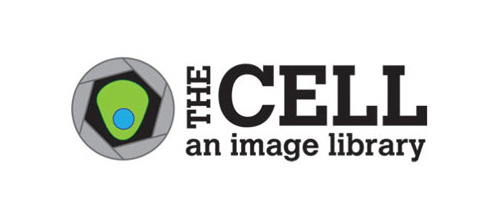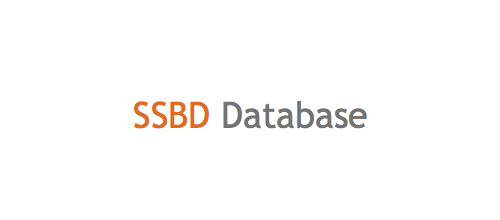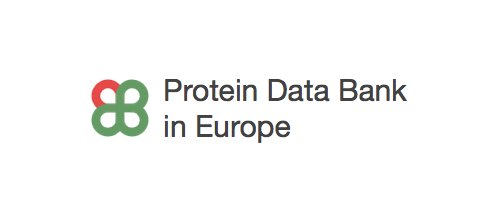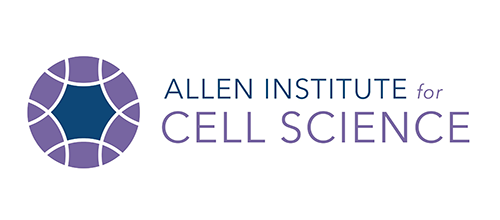Sign up for our OMERO demo server to test out the functionality with your own data. If happy, check how to start with OMERO in your institution.
Bio-Formats lets you read image data from Java, ImageJ/Fiji, GNU Octave/MATLAB, Python and R. If you're already using Fiji, it comes bundled with the Bio-Formats plugin automatically.







